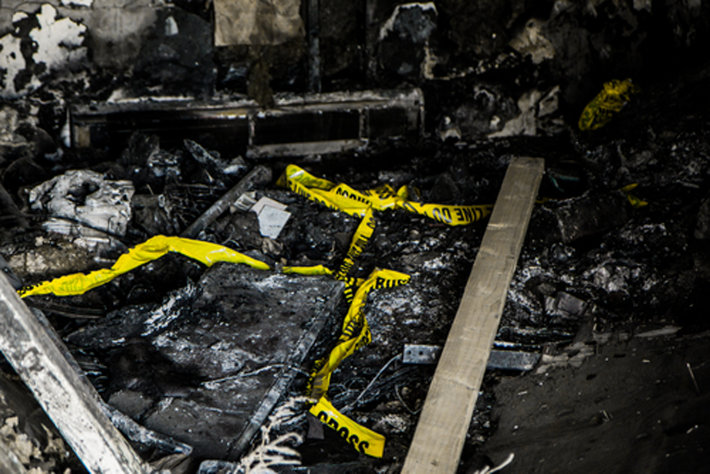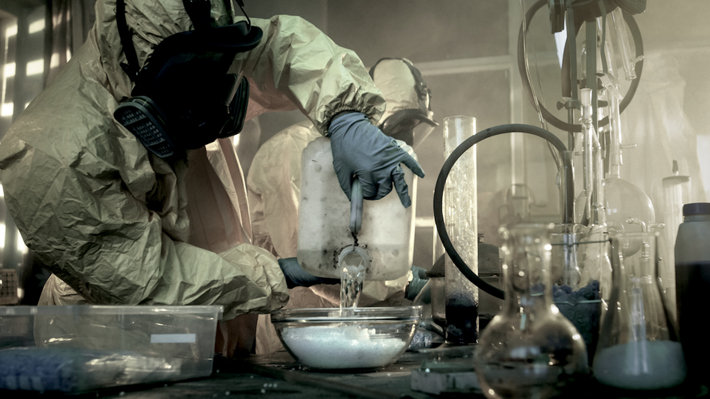The Real Cost of Meth Labs in a Community

With how common drug abuse is in the 21st century, there are many concerns and many “side effect” problems on a national level that come about from drug abuse and rampant addiction. The national problem that is substance abuse compiles a wide range of other problems too, problems that build off of each other and which causes even more difficulty for the country to have to contend with. One seemingly random yet very present risk that has come about from increasing methamphetamine abuse are the disastrous injuries and even deaths that come from chemical explosions or fires at methamphetamine labs.
Chemical burns, deaths, respiratory ailments, chemical infections and diseases, poisonings, toxic exposure, these are all accidents and injuries that can happen to people who are exposed to meth labs. Even though methamphetamine has been increasingly popular in the U.S. since the late 1990s, it wasn’t until 2015 that intensive research was done to determine the exact cost and negative effect that meth labs were having on the United States.
The True Costs of Meth Labs
Between 2001 and 2012, one-hundred and sixty-two people were seriously injured or killed in just five states that were investigated by a CDC study on meth labs. The Centers for Disease Control and Prevention studied meth lab prevalence in Louisiana, Oregon, Utah, New York, and Wisconsin. They found that, of those one-hundred and sixty-two people who were injured or killed, twenty-six of them were children and forty-two of them were law enforcement officials or meth lab clean-up workers. For a short time, state-wide restrictions made in 2005 on the sale of ingredients used to make meth helped lower such injuries in those states. However, by 2008, the injury rate began to increase once again.
All across the United States and in all fifty states, meth “cookers” make methamphetamine using various ingredients like ephedrine and pseudo-ephedrine (cough and cold medications). The unique thing about methamphetamine is that this is not a drug that needs to be trafficked into the United States from another country like Mexico. While hundreds of pounds of methamphetamine are seized at U.S. borders every year, most of the meth used in the United States is made right here in the country.

As meth production has grown and evolved and as meth cookers have had to find ways around the federal restrictions on the ingredients used in making meth, cookers have innovated more dangerous ways of making meth. The “shake and bake” method involves violently shaking chemicals in plastic containers to get them to react with one another. This can cause explosions and bursting, spraying caustic and toxic chemicals onto the user and into the environment.
Most injuries sustained at a meth lab can be treated at a hospital, but some can be serious, some can have complications, and some can leave lasting scars and even handicap a person. People have died in meth labs.
Meth labs are also very dangerous to the environment. One meth lab can contaminate an area up to six acres in diameter, more if that meth lab is located anywhere near a water source or if the water table in that area is close to the surface.
The process needed to clean up a meth lab is extremely extensive and costly. Depending on the lab and its condition, it can cost up to eight thousand dollars and take several days for a qualified team to detoxify a meth lab. Furthermore, the environment around a meth lab can never be fully cleaned by man. Nature has to take over, but the natural purification of such an area takes years.
There are a lot of dangerous effects of meth labs. People can do their part to prevent meth labs from sprouting up in their communities by raising awareness of the negative effects of meth abuse. People can support local law enforcement groups, and they can encourage meth prevention within the community.
Sources:


